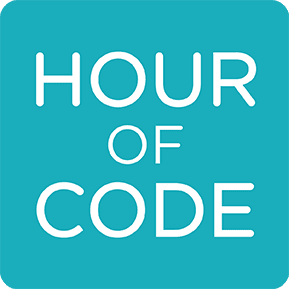Part 1 Inventory Prep: Weeding as a First Pass
Low Hanging Fruit

Before you start a formal inventory, conduct a quick weeding first pass. Use the Find/Add feature within Insignia and look for following Material Types; magazines, DVDs, Maps, equipment, etc. These are the large, conspicuous, and obvious weeds in your garden-the low hanging fruit. A Material Type search will also yield items you may not even realize have been cataloged. For example, Insignia searches have found AlphaSmarts, TV’s, and filmstrips in collections. Delete these items from the catalog if they are truly no longer in the collection. If these resources are in fact in your collection (occupying shelf or storage space), determine if they still provide value to your patrons or are they obsolete and can be weeded. If you are keeping these items, run an inventory on them and make sure the database and the physical item counts match.
Fuzzy Food
Weeding can be a daunting task. It takes bravery to determine the fate of a book that is still in good shape but rarely circulated, was donated by a much loved and long-retired teacher, or was your favorite title as a child. The thing to hold in mind while weeding is that a school library needs to be refreshed regularly to remain relevant and appealing to patrons. Books per student is no longer an applicable measure of a good library. The Colorado Department of Education's Highly Effective School Library Program no longer includes books per student on their evaluation rubric. The new program focuses on the quality and relevancy of the collection, not collection quantity. It's no longer about having enough books per student but having the right resources for your students.
BVSD Policy for deselecting library materials relies on the CREW Method: Continuous Review, Evaluation, and Weeding.
The CREW method relies on the MUSTIE acronym to help you identify when an item should be considered for weeding.
- Misleading and/or factually inaccurate;
- Ugly (worn out beyond mending or rebinding);
- Superseded by a new edition or a better source;
- Trivial (of no discernible literary or scientific merit);
- Irrelevant to the needs and interests of your community;
- Elsewhere (the material may be easily borrowed from another source).

Combine MUSTIE criteria with a formula for pulling books based on age and number of years it has been since it was last circulated. Here's the formula:
This formula isn't written in stone but it can serve as a guideline for you to apply to a Least Circulated Items report for Fiction, Everybody, and non-Dewey collections, and the Items To Be Weeded report from a collection analysis (from Makin or Follett) to develop a weeding plan.
5/2/MUSTIE
5 = the age limit of relevancy for that Dewey classification
2 = If it has been two years since it has been checked out, then the MUSTIE criteria for weeding. This formula isn't written in stone but it can serve as a guideline for you to apply to a Least Circulated Items report for Fiction, Everybody, and non-Dewey collections, and the Items To Be Weeded report from a collection analysis (from Makin or Follett) to develop a weeding plan.
Try it! Armed with the MUSTIE criteria pick a shelf and start pulling a books and use the process outlined in Best Practices: Deselected Library Materials to box up weeds for warehouse pick up. Remember, you'll need to delete all weeded books from Insignia to keep the database accurate, it'll help Inventory go smoothly as well.
Share data from reports and the MUSTIE formula with trusted aides or parent volunteers and assign them a shelf, section, or Dewey category range, and let them take a first pass at pulling potential weeds. You will make the final decision as to whether or not a resource is deselected but recruiting help will speed the process of picking the low hanging fruit.
Be sure and review the resources listed below that can aide you in the process of collection development and maintenance. The three titles highlighted below are all available in the OverDrive Teacher's Lounge Professional Development Collection. The Crash Course title is particularly timely and helpful.
Next month's blog will dive into the Inventory process. Inventory will be less frustrating after you've taken care of that low hanging fruit! Feel free to comment below about the treasures you've found, the bloopers you've weeded, and any other tips and tricks you'd like to share about weeding.
Be sure and review the resources listed below that can aide you in the process of collection development and maintenance. The three titles highlighted below are all available in the OverDrive Teacher's Lounge Professional Development Collection. The Crash Course title is particularly timely and helpful.
Next month's blog will dive into the Inventory process. Inventory will be less frustrating after you've taken care of that low hanging fruit! Feel free to comment below about the treasures you've found, the bloopers you've weeded, and any other tips and tricks you'd like to share about weeding.



